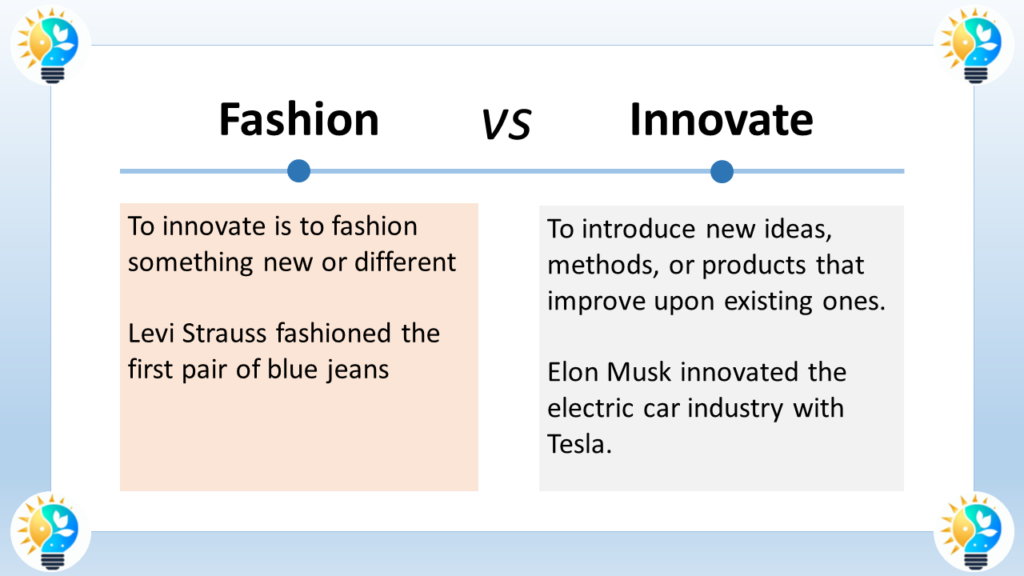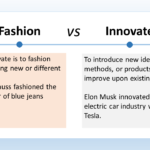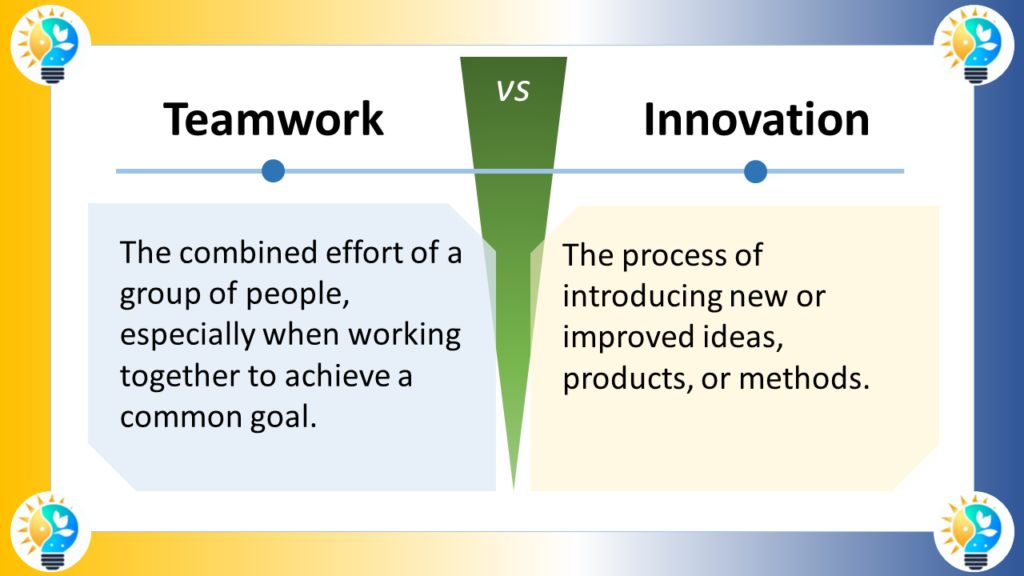Fashioning involves shaping or creating something new, while innovating involves improving upon existing ideas.
Fashioning is often focused on aesthetics, while innovating is focused on functionality.

Innovation and Fashion: The Art of Crafting the New and Different
The fashion industry has always been a hub of innovation, with designers constantly seeking new ways to create and express themselves through clothing and accessories. At the heart of this innovation is the act of fashioning, or making something using one’s hands. In this article, we will explore the relationship between innovation and fashion, specifically focusing on the act of fashioning as a means of creating the new and different.
Defining Innovation and Fashioning
To innovate, as defined by Oxford Languages, is the act of introducing something new or different. In the context of fashion, innovation can take many forms, from the use of new materials and technologies to the creation of new styles and designs.
To Fashion, on the other hand, is the act of making something using one’s hands. According to Merriam-Webster, fashion can mean “to make or form out of materials,” or “to give shape or form to.” In the context of fashion, fashioning often refers to the act of creating clothing or accessories from raw materials or existing items.
More Synonyms on innovation, innovate and innovative:
- Adapt
- Advance
- Change
- Create
- Cultivate
- Devise
- Develop
- Discover
- Disrupt
- Evolve
- Experiment
- Fashion
- Generate
- Imagine
- Initiate
- Introduce
- Invent
- Modernize
- Originate
- Pioneer
- Progress
- Prototype
- Radicalize
- Reform
- Reinvent
- Renew
- Revolutionize
- Restructure
- Set Trends
- Transform
- Upgrade

Innovation is considered as a driving force in progress.
It includes the introduction of novel ideas, methods, or products that bring positive change and advancement.
For more information about innovations, check our glossary
The Intersection of Innovation and Fashioning
The act of fashioning has long been a part of the fashion industry, with designers and artisans using their skills to create beautiful and unique pieces. However, in recent years, the intersection of innovation and fashioning has become increasingly important as designers seek to create more sustainable and ethical fashion.
One example of this is the use of upcycling, or the process of creating new items from existing ones. Upcycling allows designers to create new and unique pieces while also reducing waste and promoting sustainability. This approach not only showcases the designer’s creativity and craftsmanship but also highlights their commitment to ethical and sustainable fashion.
Another example of the intersection of innovation and fashioning is the use of 3D printing. 3D printing allows designers to create complex and intricate designs that would be difficult or impossible to create using traditional methods. This technology also allows for greater customization and personalization, as each piece can be tailored to the wearer’s specifications.
The Importance of Craftsmanship in Innovation
While technology and innovation are important in fashion, craftsmanship and traditional techniques remain vital to the industry. The act of fashioning requires a high level of skill and expertise, and many designers take pride in their ability to create beautiful and unique pieces by hand.
Furthermore, the use of traditional techniques and craftsmanship can add value and authenticity to a piece. Consumers are increasingly interested in the story behind their clothing and accessories, and pieces that are handmade or crafted using traditional techniques often have a more personal and meaningful connection to the wearer.
The Future of Innovation and Fashioning
As the fashion industry continues to evolve, the intersection of innovation and fashioning will become even more important. Designers will need to find new and creative ways to incorporate sustainable and ethical practices into their work while also staying true to their craft and artistry.
One trend that is likely to continue is the use of virtual and augmented reality in fashion. These technologies allow designers to create immersive and interactive experiences for consumers, and also provide new opportunities for customization and personalization.
Another trend to watch is the use of biodegradable materials. As consumers become more aware of the environmental impact of fashion, designers will need to find new ways to create clothing and accessories that are not only stylish but also sustainable and eco-friendly.
References:
- “The Future of Fashion: Technology, Sustainability, and Circularity” by McKinsey & Company The Future of Fashion Is Circular—Here’s How Major Fashion Brands Are Adapting
- “The Role of Innovation in Fashion” by Fashion United https://fashionunited.uk/news/fashion/the-role-of-innovation-in-fashion/2019090442081


